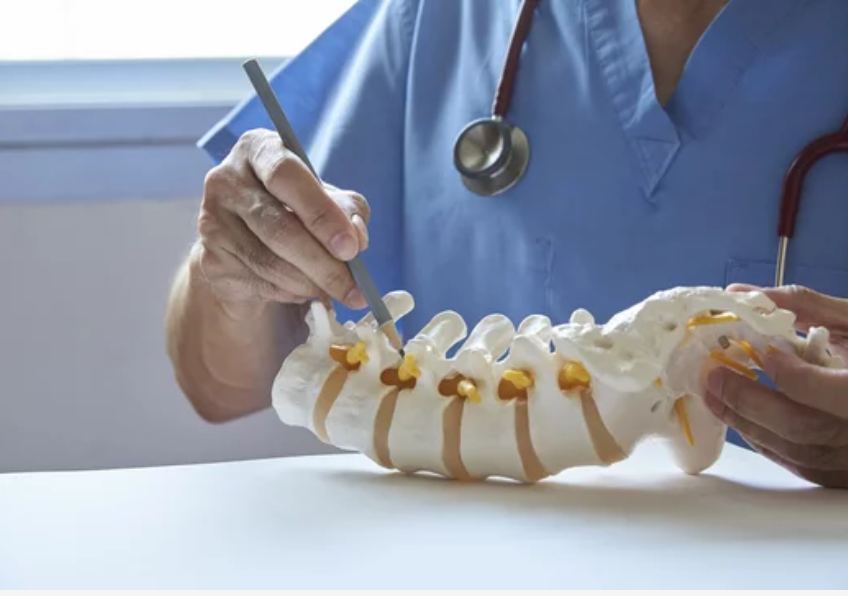A person’s quality of life can be significantly impacted by the decision to have spine surgery. When all other conservative measures have been tried and the patient’s spinal condition is producing crippling symptoms or endangering neurological function, then it becomes a more viable alternative. Let’s examine some of the situations where spine surgery may be the best option and provide an overview of the many surgical choices.
1. Herniated Disc (Discectomy): When a herniated disc in the spine compresses a nerve root, producing agonizing pain, numbness, or weakness, surgery may be necessary. A discectomy is a procedure that involves removing the damaged portion of the disc to relieve pressure on the affected nerve.
2. Spinal Stenosis (Laminectomy): The hallmark of spinal stenosis is the narrowing of the spinal canal, which causes discomfort, paralysis, and trouble walking as a result of nerve compression. To increase the amount of space in the spinal canal and relieve pressure on the nerves, a laminectomy is the removal of a portion of the vertebral bone, or lamina.
3. Spinal Fusion: In certain cases, a combination of decompression (removing tissue or bone compressing the spinal cord or nerves) and spinal fusion is necessary to address conditions such as degenerative disc disease or spinal instability.
4. Decompression and Fusion (Laminectomy with Fusion): To treat diseases like degenerative disc disease or spinal instability, a combination of spinal fusion and decompression (removing tissue or bone compressing the spinal cord or nerves) may be required.
5. Vertebroplasty or Kyphoplasty: Vertebroplasty and kyphoplasty are examples of minimally invasive procedures used to repair spinal compression fractures brought on by trauma or osteoporosis. Vertebroplasty involves injecting bone cement into the fractured vertebra to stabilize it, while kyphoplasty also aims to restore some of the vertebral height before cement injection.
6. Artificial Disc Replacement: As an alternative to spinal fusion, artificial disc replacement surgery may be taken into consideration in certain situations of degenerative disc degeneration. To preserve spinal mobility, this operation entails removing a damaged disc and replacing it with an artificial disc.
7. Spinal Tumor Removal: Tumors, whether primary (originating in the spine) or secondary (metastatic), are frequently removed surgically. The objectives are to stabilize the spine, release pressure on the spinal cord or nerves, and, if feasible, remove the tumor.
In the end, choosing to have spine surgery should be decided after consulting with a team of medical professionals, such as orthopedic, neuro, or spine doctors. Each patient’s situation is unique, and the choice of surgery will depend on factors such as the specific diagnosis, the patient’s overall health, and the expected benefits and risks of the procedure. Conservative treatments should always be explored first, and surgery should be considered when they prove inadequate in improving the patient’s quality of life or preventing further neurological deterioration. It is crucial to make informed decisions and carefully weigh the potential benefits and risks before proceeding with spine surgery.

